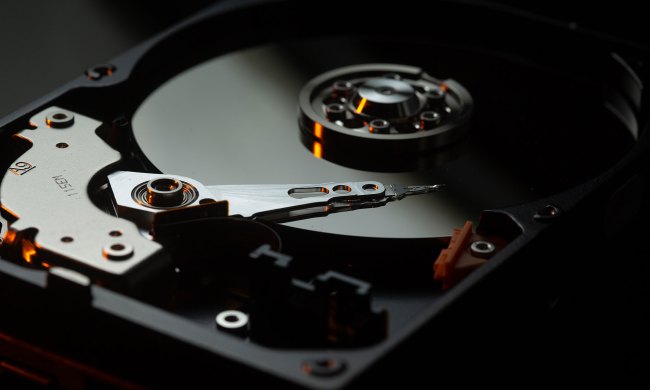
As if Mavericks didn’t have enough problems; now, many owners of external hard drives are reporting on the official Western Digital forums that their drives were completely wiped of data after upgrading to the latest version of OS X.
The problems aren’t specific to Western Digital drives, though. Owners of external hard drives made by competing companies, including LaCie and Seagate, have also indicated that their drives were wiped after upgrading to Mavericks. In the spirit of giving you the most information about this debacle possible, here’s what one user had to say, in full:
Hi, my understanding is that people are familiar with the issue of HDs being wiped and renamed after upgrading to Mavericks. My issue is that this happened to three drives (so far), one Lacie and two Seagate drives, one USB and two firewire800. They were all wiped and renamed/partitioned into ‘MyBook’ and ‘EFI.’ Unfortunately I have just returned from two months on assignment and plugged in my drives to back them up but never had a chance since they were wiped immediately. So obviously I am pretty interested in a resolution to this problem that restores access to the data on my drives.
I have one WD MyBook drive still attached via USB that I use for Time Machine, it has not been affected. I have searched and attempted to purge all WD software, preferences and launcher items. Please let me know what the status is with this issue, and if I need to try and return to an older version of Mac Os X. Thank you.
A Western Digital employee issued this response, though the thread ends here without any indication that a solution was discovered: “I sincerely apologize for this inconvenience. We are having a Specialist contact you tomorrow regarding this issue.”
A poster on the Apple forums pasted an e-mail he received from Western Digital after he reported that his hard drive experienced “massive data loss” after upgrading to Mavericks. Here’s a portion of that email:
As a valued WD customer we want to make you aware of new reports of Western Digital and other external HDD products experiencing data loss when updating to Apple’s OS X Mavericks (10.9). WD is urgently investigating these reports and the possible connection to the WD Drive Manager, WD Raid Manager and WD SmartWare software applications. Until the issue is understood and the cause identified, WD strongly urges our customers to uninstall these software applications before updating to OS X Mavericks (10.9), or delay upgrading. If you have already upgraded to Mavericks, WD recommends that you remove these applications and restart your computer. If you have already upgraded to Mavericks and are experiencing difficulty in accessing your external hard drive, please do not save anything to the drive, disconnect the drive from your computer, and contact Western Digital Customer Service at http://support.wd.com/country/ for further assistance.
(Emphasis is theirs – but we agree that it’s a crucial point.)
If you use ExpressCard, you’re not safe either. Many people have noted on the Apple forums that they have dealt with issues related to their ExpressCard devices after installing Mavericks.
The problem here seem widespread and doesn’t appear to be brand-specific, so your best bet is to wait for Apple to release patches to rectify these issues between its newest OS and external storage devices before you plug yours in again.


